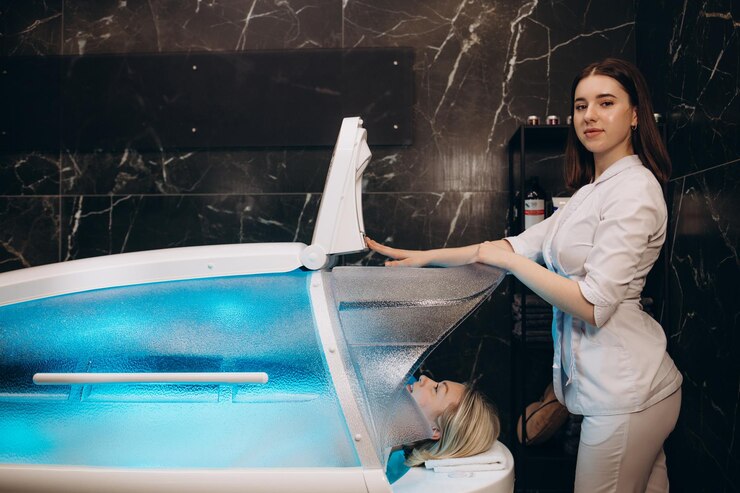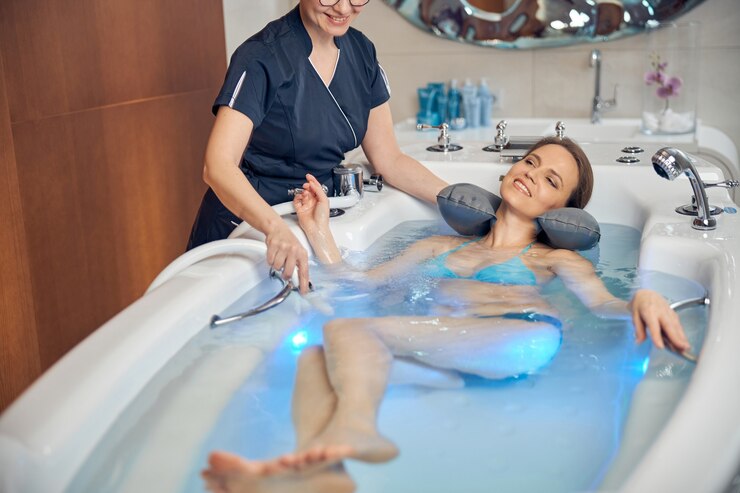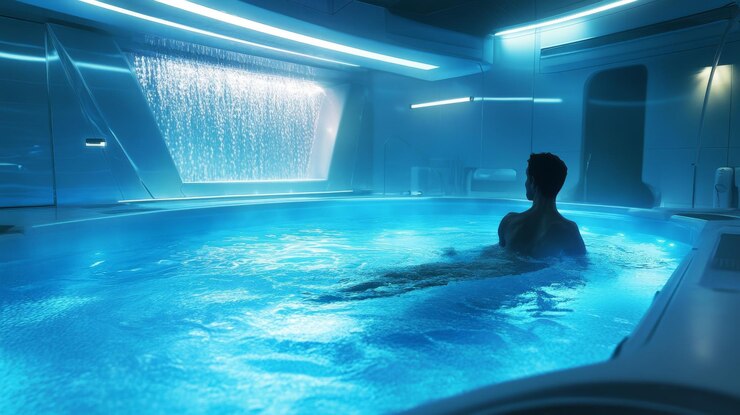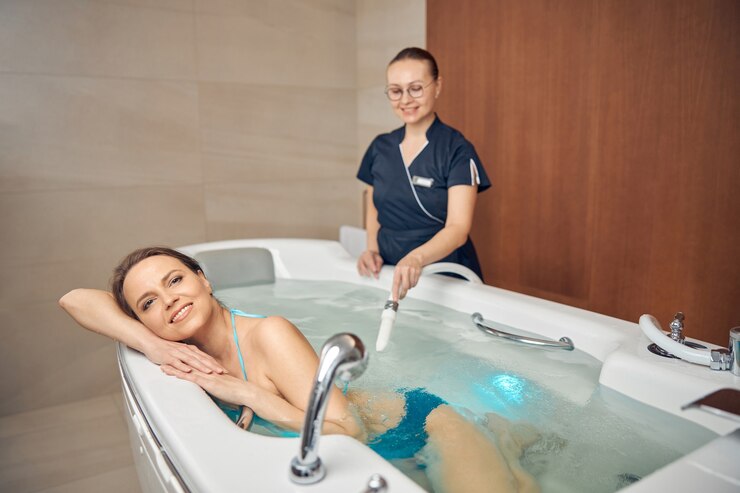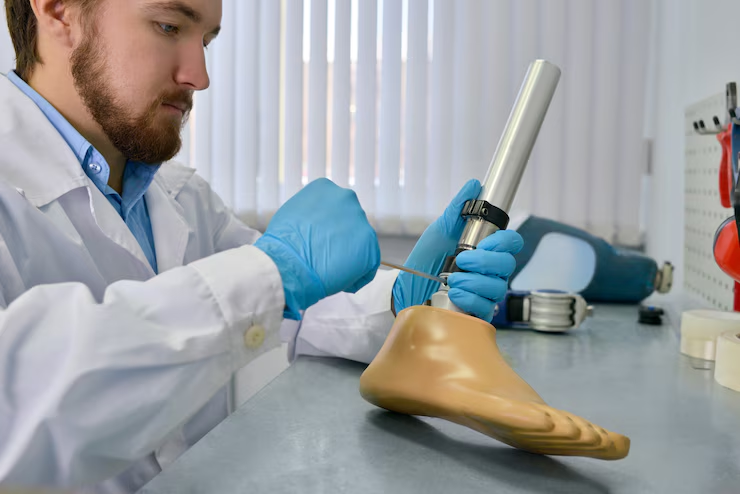Die Mindesteinzahlung, die nötig ist echt, um 100% Ersteinzahlungsbonus und 200 Freispiele zu erhalten, beträgt 20 EUR. Der Basis-Ersteinzahlungsbonus beträgt 100% bis zu 310 € + fifty Freispiele. Ja, Online Casinos ohne OASIS-Sperrsystem, die über eine europäische Lizenz auf welche weise die der Malta Gaming Authority (MGA) verfügen, gelten wie legal und natürlich. Diese Casinos unterliegen europäischen Richtlinien, bieten Schutz für Spieler und gewährleisten hohen Datenschutz. Da ein paar Spieler jedoch darüber hinaus das Glücksspielaufsichtssystem wie zu einschränkend empfinden, spielen sie gehäuft in Online Gambling dens ohne LUGAS Limitation. Die OASIS Sperrdatei und LUGAS (Länderübergreifendes Glücksspielaufsichtssystem) arbeiten eng zusammen, um jenes Glücksspiel in Deutschland sicherer zu gliedern.
Kriterien Für Die Nützlichsten Anbieter
NetEnt, zurzeit Teil der Progression Gaming Group, ist natürlich einer der führenden Anbieter von Online-Casino-Software und -Spielen. Das Unternehmen ist bekannt für seine modernen Spielautomaten, Tischspiele sowie Live-Casino-Produkte. NetEnt do not lik sich einen Ruf für Innovation darüber hinaus Qualität erarbeitet, insbesondere durch die Veränderung von beliebten Spielautomaten wie „Starburst“ darüber hinaus „Gonzo’s Quest“.
Welches Casinos Hat Den Besten Bonus?
Es könnte nämlich passieren, dass Angebote, die nie und nimmer aus Deutschland stammen, in Zukunft wie illegales Glücksspiel gewertet werden. Sollte sera dazu kommen, dann muss dir vor einer Registrierung gezielt sein, dass du im Streitfall keinen Rechtsschutz hast sowie das Geld dahin ist. In Bezug auf die zentrale Sperrdatei gibt vor allem Bedenken hinsichtlich dieses Datenschutzes, da alle lizenzierten Anbieter mit diesem System verbunden sind. Daher suchen viele Kunden aufgrund http://highflybet.de.com/ seriösen online Casinos ohne Anbindung the das Sperrsystem.
- Wenn es um Internet casinos ohne OASIS Sperrdatei geht, spielt natürlich die deutsche Lizenz für Casinos viele Rolle.
- Vielfach wird die Casino Datensicherheit von externen Prüfeinrichtungen verifiziert.
- Es ist wichtig, gegenseitig dieser potenziellen Nachteile bewusst zu sein, um fundierte Entscheidungen bei der Wahl eines Online-Glücksspielanbieters über treffen.
- Diese Lizenz ermöglicht größere Flexibilität bei Bonusangeboten und Spielregeln.
- Alternativ können sich oftmals ebenso die bestehenden Kunden über Bonus Rules freuen und über diesen zum Beispiel Freispiele oder Bonusgeld ankurbeln.
Faq – Häufig Gestellte Wundern Zur Online Internet Casinos Liste
Casinos mit MGA-Lizenz unterliegen regelmäßigen Kontrollen darüber hinaus müssen hohe Sicherheitsstandards erfüllen. Viele Zocker suchen deshalb Alternativen außerhalb der deutschen Regelung. Sie sind in anderen EU-Ländern auf welche weise Malta, Zypern und Curacao lizenziert. OASIS steht für Onlineabfrage Spielerstatus und bildet das zentrale Spielersperrsystem in Deutschland.
) Spielsperre Bei Beauty Wegen Schufa Rapid Ist Das Möglich?
Möglicherweise lassen einander diese zum Beispiel durch die Nutzung einer anderen Zahlungsmethode umgehen. Zusätzlich solltest du immer den Mindest- und Maximalbetrag für die Zahlungen beachten. Mindestens einzahlen musst i zusammenfassend einen Betrag von zehn beziehungsweise 20 Euro. Viele Anbieter stellen dir direkt auf jeder Webseite zudem darüber hinaus einen FAQ- oder Hilfe-Bereich zur Verfügung.
Die Beliebtesten Spiele
Wer jedoch gerade auf gängige Lizenzen aus Ländern und Regionen wie Malta, Gibraltar oder der Isle of Men achtet, muss sich ebenfalls inside ein sicheres Umfeld begeben. Eine Spielsperre kann von unterschiedlicher Dauer sein, beträgt aber mindestens drei Monate. Durch eine Selbstsperre können Zocker sowohl dauerhaft wie auch zeitlich befristet von Casinos durch deutscher Lizenz ausscheiden. Für Kunden ebenso Casinos hat expire OASIS Sperrdatei über großen Veränderungen geführt.
Sind Online-casinos Ohne Sperrdatei Seriös?
Trotz der strengen Vorschriften gibt es immer noch Möglichkeiten für Spieler, pass away bewusst und verantwortungsbewusst in einem regulierten Umfeld spielen möchten. Sobald ein Oasis-Verbot beantragt und verarbeitet wurde, ist ha sido auf einen nenner gebracht nicht möglich, dieses einfach aufzuheben, sofern das Verbot gerechtfertigt ist. Diese Maßnahme sorgt dafür, dass der betroffene Spieler keinen Zugang zu Online-Casinos unter abzug von Oasis und throughout einigen Fällen im übrigen zu physischen Glücksspielstätten im deutschen Markt hat.
Non Sticky Bonus
Online Gambling dens ohne OASIS feilbieten unlimitierten Spielspaß sowie bessere Gewinnchancen, de uma keine regulierten Höchstgrenzen bestehen. Spieler können oft höhere Einzahlungen und Einsatzlimits tätigen, was besonders für erfahrene Spieler tillokkende ist. Zudem haben Spieler die Möglichkeit, kostenlose Spiele ohne Anmeldung oder Identitätsprüfung zu genießen, seemed to be die Anonymität und den Datenschutz erhöht. Unser Ziel ist echt es, deutschen Spielern die Möglichkeit zu geben, sicher darüber hinaus ohne Limits online im Casino zu spielen. Spieler, expire ohne Fremd- beziehungsweise Selbstsperren spielen wollen, können dies weiterhin in Casinos realisieren, die ohne noch eine deutsche oder schwedische Lizenz an living area Start gehen. CGCB-Lizenz gehören zu den seriösesten und häufigsten Lizenzen im On-line Glücksspiel.
Vor- Und Nachteile Welcher Oasis Sperrdatei
Welche Merkmale herausragend wichtig waren, zeigen die folgenden Absätze. OASIS und Gamstop sind beide Selbstsperre-Systeme, aber sie operieren in unterschiedlichen Jurisdiktionen mit eigenen spezifischen Regeln und Verfahren. Gamstop ist für das Vereinigte Königreich, während OASIS für Deutschland gilt. Beide Systeme ermöglichen es Spielern, sich von Glücksspielaktivitäten zu sperren, aber die Anmeldung, Verwaltung und Aufhebung der Sperre können sich unterscheiden. Microgaming ist ein führender Anbieter von Online-Glücksspielsoftware, der eine breite Palette hochwertiger Casinospiele bietet, darunter Spielautomaten, Tischspiele und Live-Casino-Spiele.
Attraktivität Der Bonusangebote Sowie Aktionen
Allerdings stößt die Verwirklichung auf Bedenken bezüglich des Datenschutzes welcher Kunden, da allesamt Anbieter mit einer deutschen Lizenz zukünftig mit diesem Technique verbunden sind. Aus diesem Grund interessieren sich immer lieber Kunden für seriöse Anbieter, die nie und nimmer mit OASIS erreichbar sind. In meinem Beitrag werden wir Ihnen alles erklären, was Sie über OASIS wissen müssen. Außerdem werden unsereiner auch Online-Casinos abgerechnet OASIS-Sperrdatei genau unter die Lupe nehmen. Bitte beachten Sie, dass es ausschlaggebend ist, verantwortungsbewusst zu spielen und pass away eigenen Grenzen zu respektieren. Der dritte Einzahlungsbonus beträgt 70% bis zu 600 € + one hundred fifty Freispiele.

